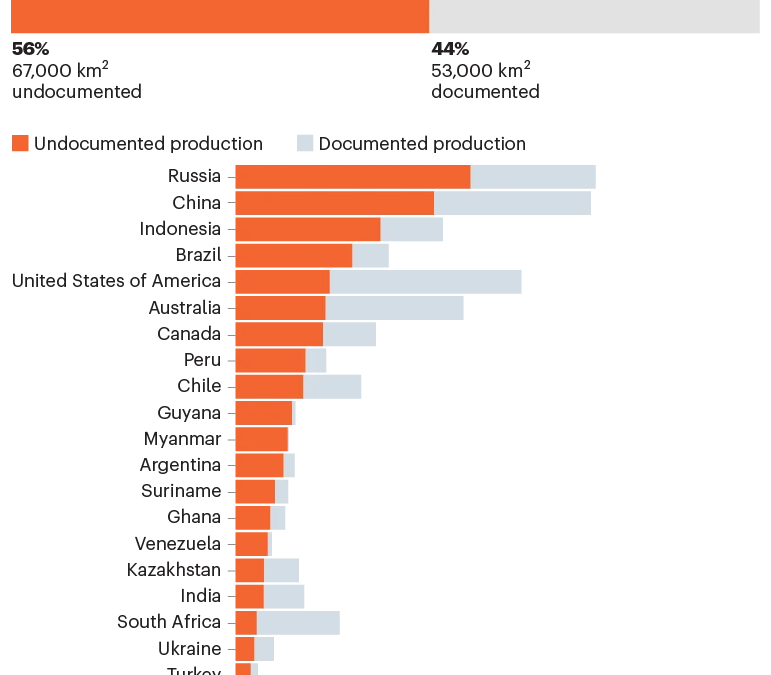More records will fall as brutal heat wave continues across southern U.S. – “Extreme heat will significantly increase the potential for heat-related illnesses, particularly for those working or participating in outdoor activities”

By Matthew Cappucci
21 July 2023
(The Washington Post) – For more than a month, a blistering heat wave has baked much of the Lower 48, reaching from the Pacific to the Atlantic and bringing triple digit temperatures to nearly 70 million Americans. The parent “heat dome” is going nowhere anytime soon and will push the entire continental United States to above-average temperatures in the weeks ahead.
Approximately 116 million Americans are included in heat advisories or excessive heat watches and warnings. That’s more than a third of the U.S. population.
“Extreme heat will significantly increase the potential for heat-related illnesses, particularly for those working or participating in outdoor activities,” warned the National Weather Service.
Dual corridors of exceptional heat will dominate weather maps this weekend. In the Desert Southwest, it’s a dry heat, but temperatures will still reach records. Across the South and Southeast, elevated temperatures will combine with robust tropical moisture, leading to heat indexes topping 110 degrees in spots.
The heat dome torching North America is one of at least four major heat waves that have affected the Northern Hemisphere in the past week. The others have helped water temperatures in the Atlantic Ocean to obliterate previous records, Rome to reach a record of 109 degrees, and Turpan, China, to set a nationwide record of 126 degrees. Simply stated, Earth’s temperatures are skewed hot, and already-notable events are being driven into record territory. […]

More heat in days ahead
In the extended range, there are signs that the heat dome, or force field of high pressure and hot, dry, sinking air, will saunter toward New Mexico and intensify. The high-pressure ridge will flatten and expand west to east, eventually sprawling out over much of the country.
The National Weather Service’s Climate Prediction Center is aggressive in its forecasts, calling for above-average temperatures over virtually the entire country over the next two weeks.
Weather models concur; in fact, there’s a growing likelihood that Phoenix will continue its 110 degree streak into August.
It’s well-established that the effects of human-induced climate change are constructively overlapping with natural chaos and randomness to yield heat events of increasing intensity, duration and size. [more]
More records will fall as brutal heat wave continues across southern U.S.


